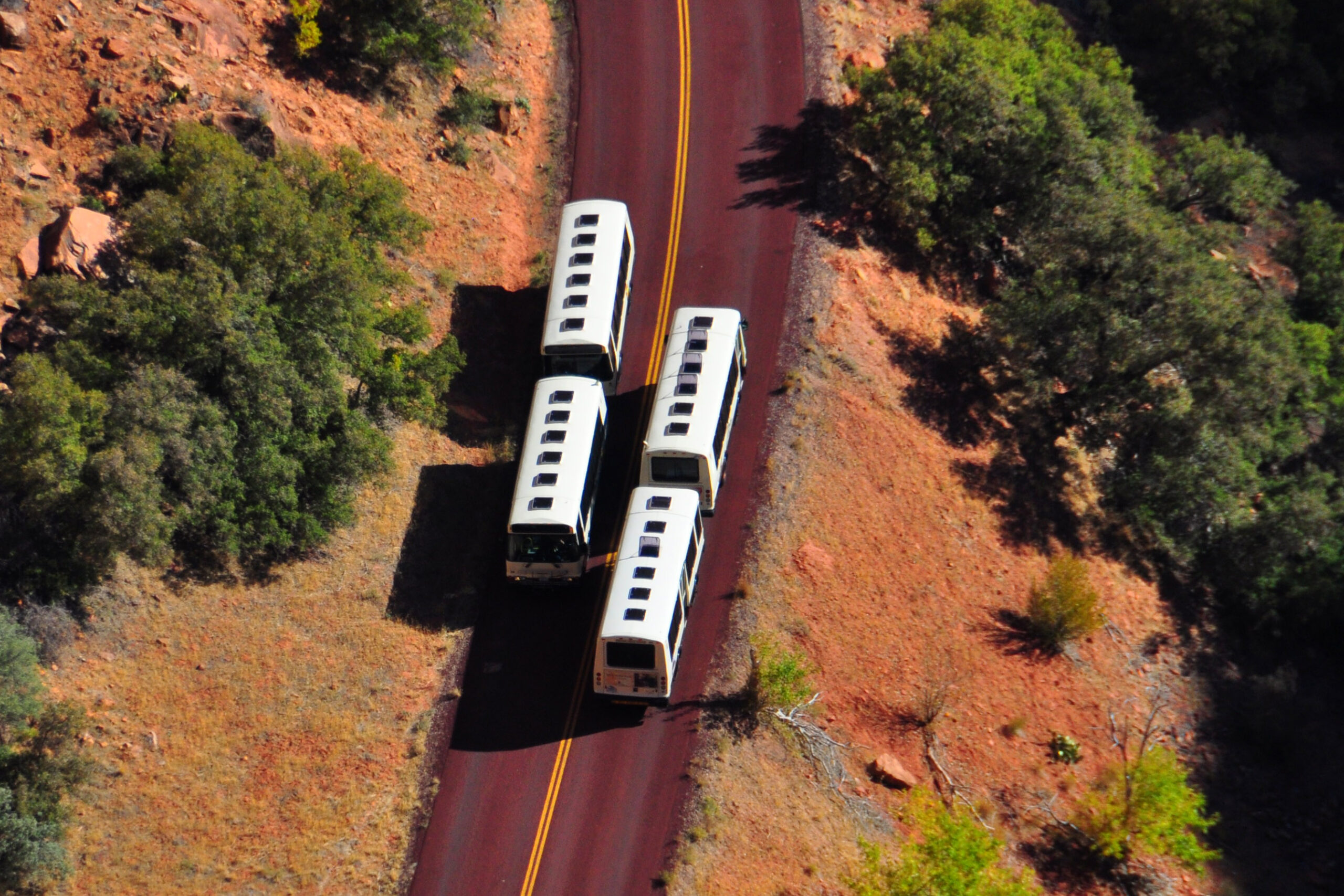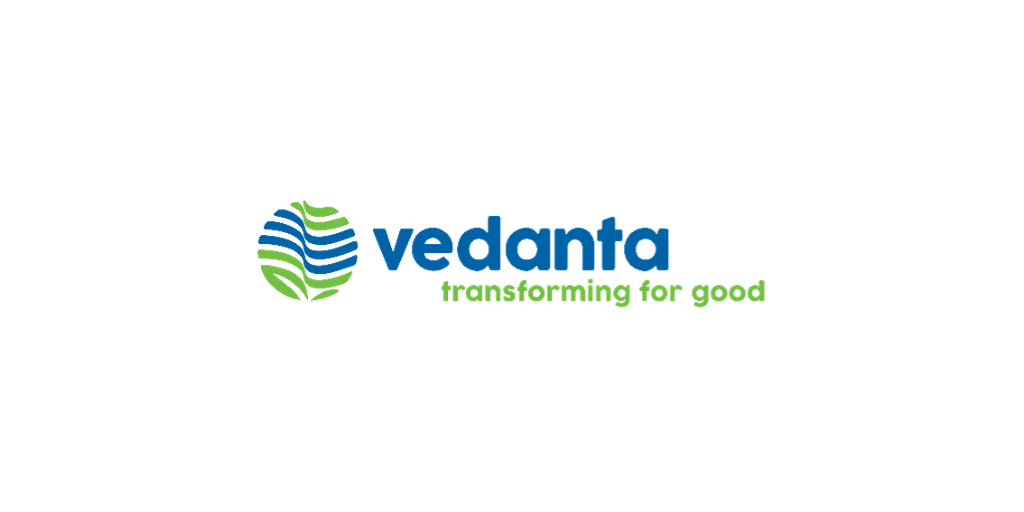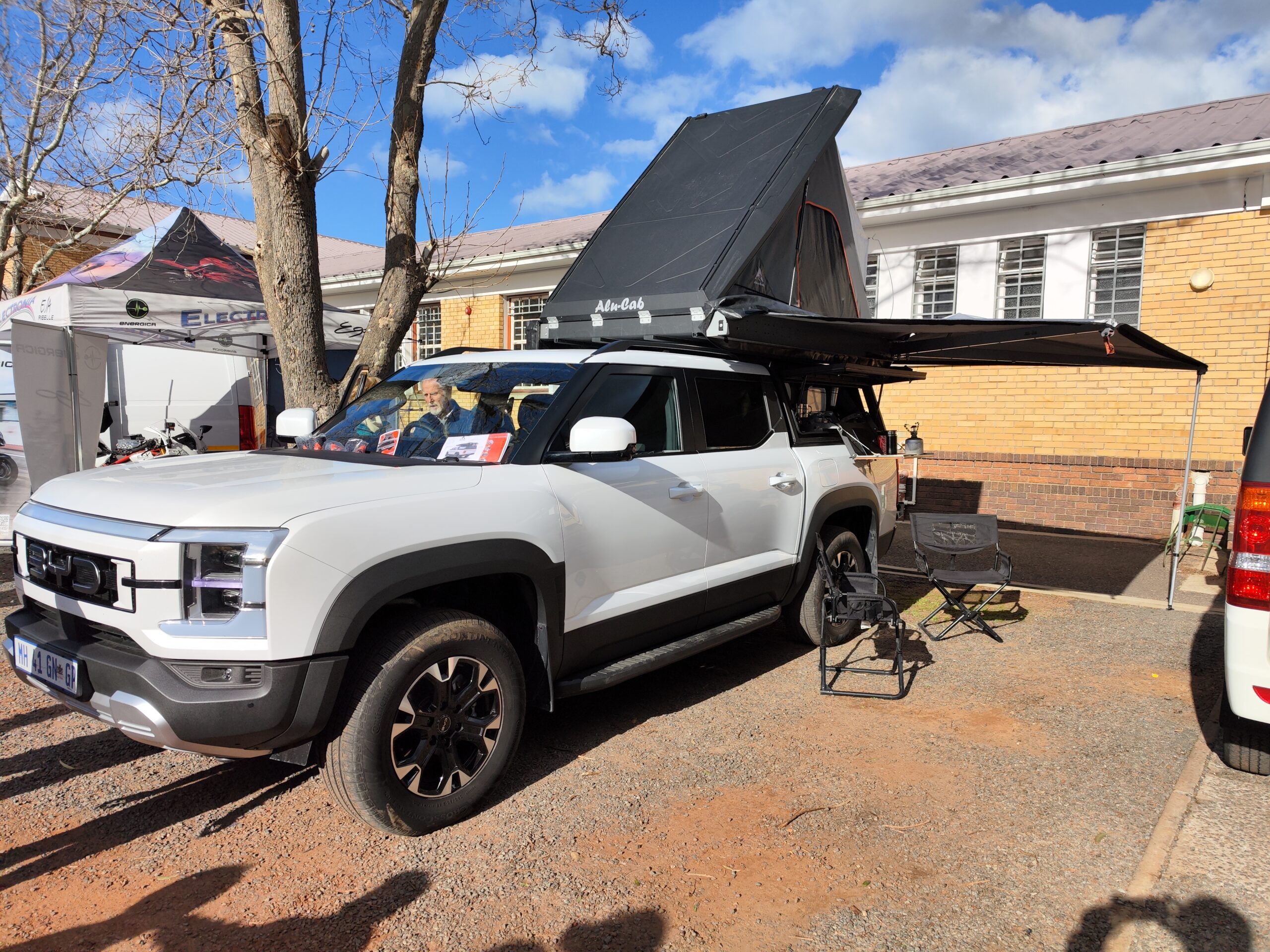Sign up for daily news updates from CleanTechnica on email. Or follow us on Google News!
Wind turbine innovators have been drifting away from the familiar three-blade configuration in recent years, with one example being a carousel-style configuration from the Wyoming startup Airloom. The Airloom wind turbines look nothing like a conventional turbine, and they have been attracting attention from investors, state agencies, and federal funders including the Department of Defense.
Wind Turbines That Run On A Carousel
The National Science Foundation was among the first entities to tap Airloom for funding. In July of 2016, Airloom won a one-year Phase I, proof-of-concept SBIR (Small Business Innovation Research) grant of $225,000 from NSF.
The award was based on Airloom’s claim of significantly reducing costs compared to conventional horizontal-axis turbines. “Modeling shows the result will produce power for 2.8 cents per kWh at a 7 m/sec site,” Airloom noted on its SBIR page, referring to the 7 meters-per-second mark for wind speeds at locations with optimal conditions for wind turbines.
The cost reducer is Airloom’s unique approach to turbine design. The company deploys the same aerodynamics as regular wind turbines, but in a radically different form. Instead of perching a three-bladed turbine on top of a tall tower, Airloom sends a series of small winged turbines running along an oval track sitting much lower to the ground, driven by the wind. In effect, the system organizes small wind turbines into an integrated system (see more small wind background here).
“Multiple, 6-meter airfoils (they look like model airplanes) behave exactly like the outer tips of a conventional wind turbine blade,” Airloom explains on its SBIR page.
The company cites a 90% cut in weight for its design compared to conventional wind turbines, which translates into a significant reduction in the cost of materials. Due to the relatively small size of the airfoils and the track components, manufacturing and transportation costs are also reduced.
Money Comes To Money
The Wyoming Small Business Development Center takes credit for helping Airloom apply for the Phase I NSF grant, and that was just for starters. In 2017 the NSF added another $750,000 in Phase II funding to the pot.
Financially speaking, the big breakthrough came last year when Airloom raked in $4 million in seed funding in an investment round spearheaded by the A-list firm Breakthrough Energy Ventures, which has frequently surfaced on the CleanTechnica radar since launching in 2015. Two other familiar participants were Lowercarbon Capital (a Heart Aerospace investor and MCJ Collective (a Lilac Solutions investor).
Apparently Breakthrough and Lowercarbon liked what they saw. Last week, Airloom reported another round of $7.5 million in support of its new wind turbines, with Lowercarbon Capital in the lead this time. Breakthrough Energy Ventures also participated, along with Crosscut Ventures, WovenEarth Ventures, Adiuvans, and the Kutnick Family Office.
Wind Turbines Vs. Fossil Fuels
The Wyoming Small Business Development Center was not the only in-state entity to lend a helping hand to AirLoom. Another participant in the new round of funding was Wyoming Venture Capital, a new $58.4 million fund established in April of 2023 through the State Small Business Credit Initiative of the US Treasury Department, administered by the Wyoming Business Council.
In addition, Airloom also received $5 million in Energy Matching Funds from the Wyoming Energy Authority. The EMF funding pot supports an all-of-the-above approach to energy innovation, which is not surprising in consideration of Wyoming’s shrinking but still considerable footprint in coal production. According to the Energy Authority, about 33% of US coal reserves are located in the state.
The state’s natural gas reserves are also some of the biggest in the US. Nevertheless, the Energy Authority has identified wind turbines as a key element in the state’s future economic development plans.
“Wyoming ranks first for class 6 and class 7 wind sites, the highest site rankings for potential wind speed and power generation,” the Energy Authority explains. In an undated summary on its web page, they also cite a current figure of 1,816 MW of wind capacity resulting from $3.3 billion “invested into Wyoming by wind developers and utility companies.” Another $10 billion in investment for 4,341 MW is also in the pipeline.
That’s pretty close to the figures listed by the US Department of Energy’s WindExchange platform. According to WindExchange, wind power now accounts for 22.4% of Wyoming’s generating capacity. Coal still holds a firm grip on the Wyoming electricity grid at 72.66%, but the US Energy Information Agency notes that coal production in the state as declined by two-fifths since 2015, due to coal power plant shutdowns and competition from renewable energy.
That’s a ferociously steep decline in less than 10 years, which suggests why some policymakers in the deep red state have been putting politics aside to attract a new cohort of clean power innovators and investors.
US Department Of Defense Eyeballs World’s Weirdest-Looking Wind Turbines
If all goes according to plan, the fresh infusion of cash will enable Airloom to break ground on a pilot-scale version of its technology next year, at a to-be-named location in Wyoming. In addition to demonstrating the system’s capabilities, Airloom also aims to prove that it can produce wind power for about 33% of the cost of conventional three-blade wind turbines.
Helping things along is the US Department of Defense, which awarded a $1.25 million contract to Airloom. That is of particular interest, considering that the Defense Department has been treading very carefully on wind turbines. It has been pushing the solar power envelope with great vigor, but wind has been a different story.
The potential for radar interference is one big stumbling block. Nevertheless, the Defense Department has been tiptoeing into the wind power field since 2010. It has also been collaborating on radar mitigation strategies with other federal agencies, including the Energy Department, Homeland Security, the Federal Aviation Agency, the National Oceanic and Atmospheric Administration, and the Interior Department’s Bureau of Ocean Energy Management.
Part of the radar problem is the preferred hub height for utility-scale wind turbines, which reached almost 340 feet last year. In contrast, the Airloom track system is raised about 80 feet off the ground, offering the potential to open up Defense Department properties for wind development.
The Airloom system could also slot into the Defense Department’s emergency response efforts. DOD has been promoting both solar panels and wind turbines as local alternatives to shipping diesel fuel into war zones and disaster areas. The primary focus is on transportable systems that can be assembled relatively quickly on-site, optimizing the use of local skills and local labor.
That matches up with Airloom’s transportability profile. The opportunity to cut costs has also attracted the interest of the Energy Academic Group at the Naval Postgraduate School. I’m checking with the company to see if details are available about their work with the Defense Department, so stay tuned for more on that.
Follow me via LinkTree, or @tinamcasey on Threads, LinkedIn, and Instagram.
Image (cropped): Wind turbines that resemble model airplanes will run around an oval track to generate electricity, in a pilot project supported by private, state, and federal investors (screenshot via vimeo, courtesy of Airloom).

Chip in a few dollars a month to help support independent cleantech coverage that helps to accelerate the cleantech revolution!
Have a tip for CleanTechnica? Want to advertise? Want to suggest a guest for our CleanTech Talk podcast? Contact us here.
CleanTechnica uses affiliate links. See our policy here.
CleanTechnica’s Comment Policy




